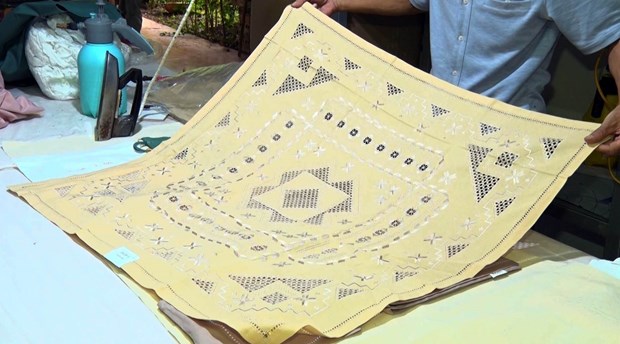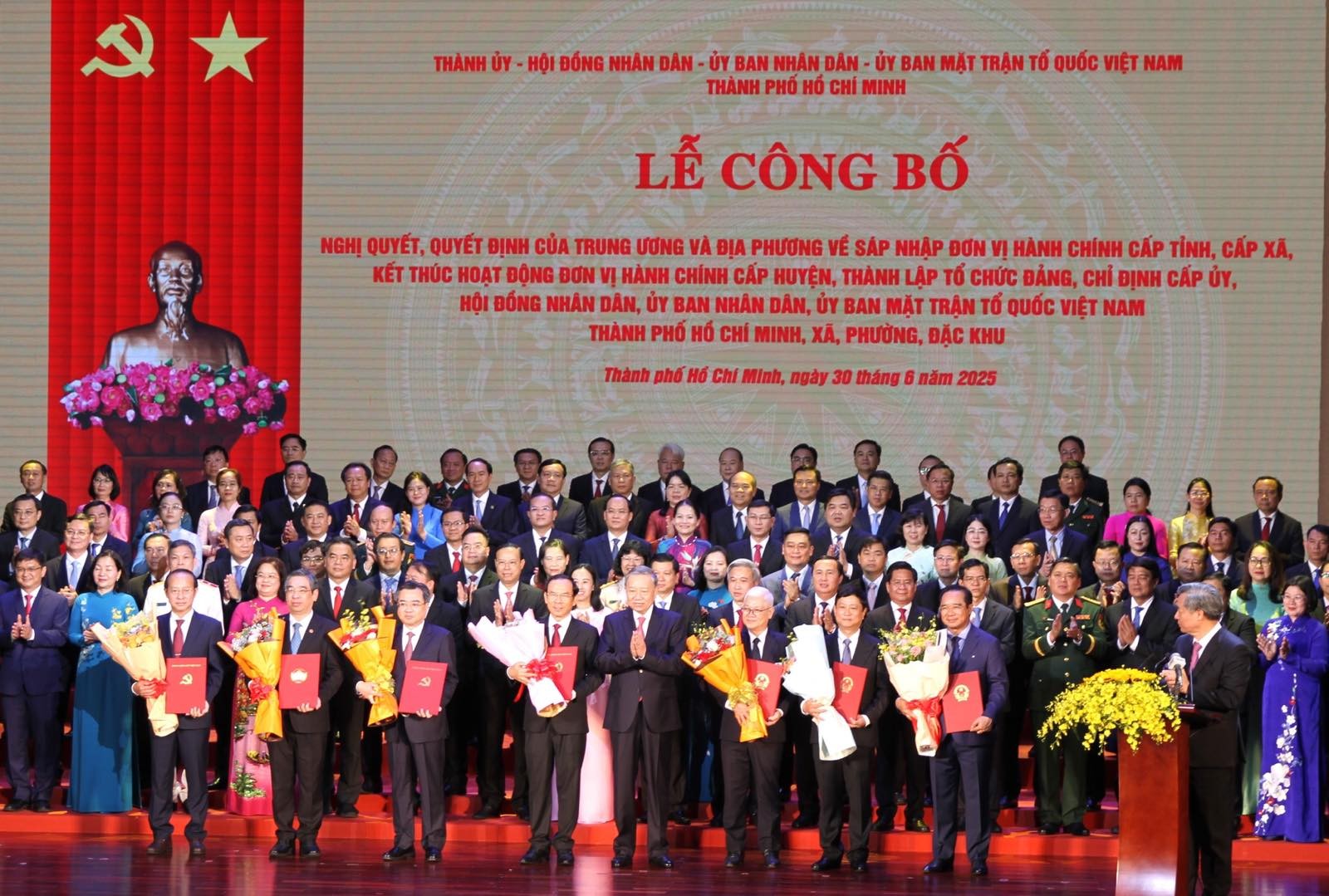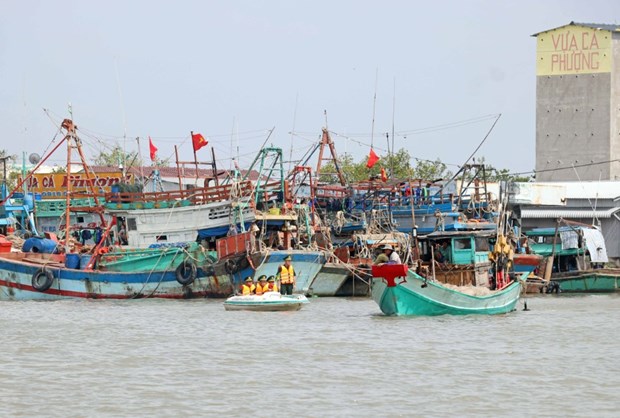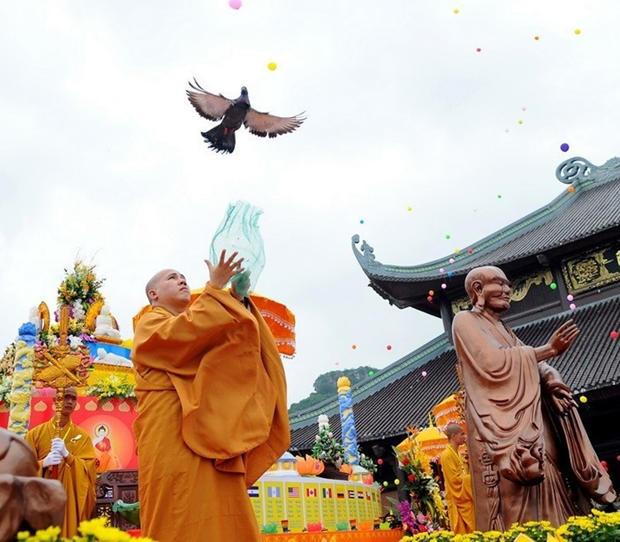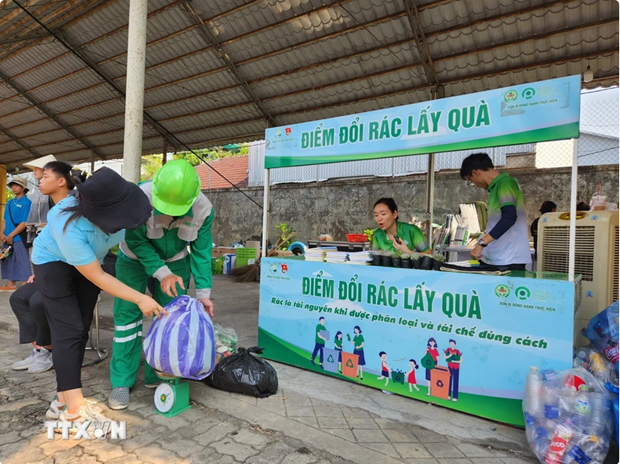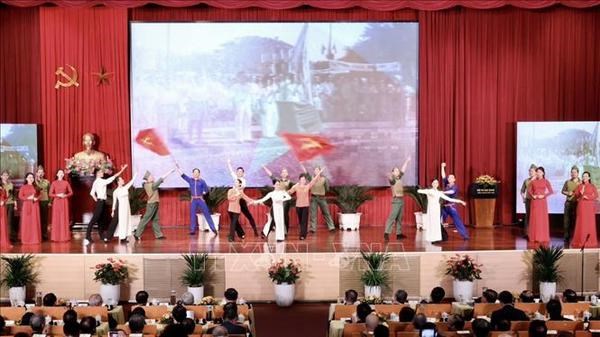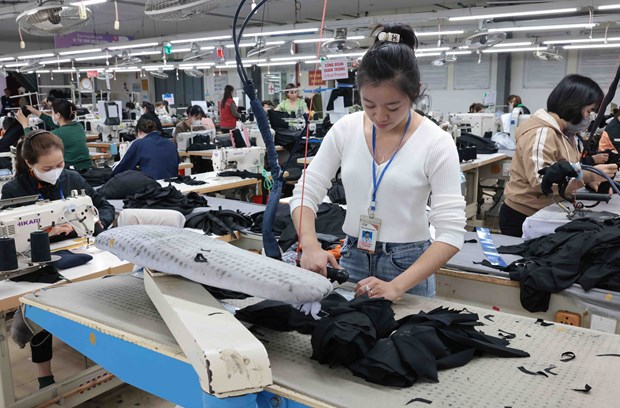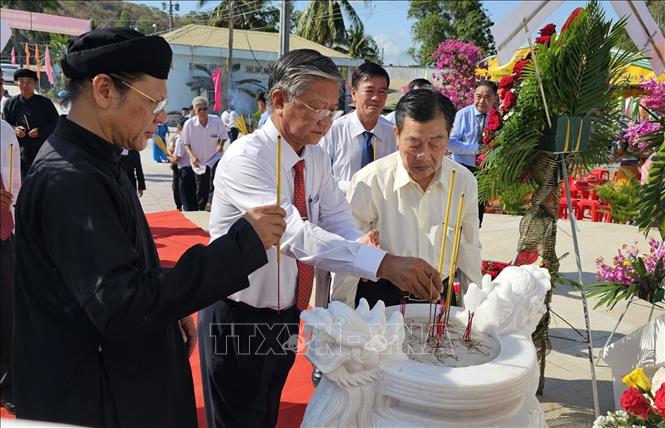Product of embroidery craft village in Ninh Hai commune, Hoa Lu district, Ninh Binh province (Photo: VNA)
The document stipulates that the principle in managing, protecting, and promoting the value of intangible cultural heritage is to ensure that they are practiced to guide people and communities towards good cultural values, preserve identity, foster comprehensive social development, ensure community and social safety, and protect the environment.
Mo Muong belief of the Muong ethnic group in Nho Quan, Ninh Binh is recognised as national intangible cultural heritage. (Photo: VNA)
Heritage assets of different communities are equally respected, and the priority is given to the decision-making rights of the host communities for the long-term and continuous existence and practice of the heritage, in accordance with Viet Nam's laws on cultural heritage and international documents to which Viet Nam is a member.
For heritage inventory, those in the UNESCO’s Representative List will be checked every six years, every four years for those in need of urgent safeguarding, and every three years for those in the national list./.
Source: VNA

